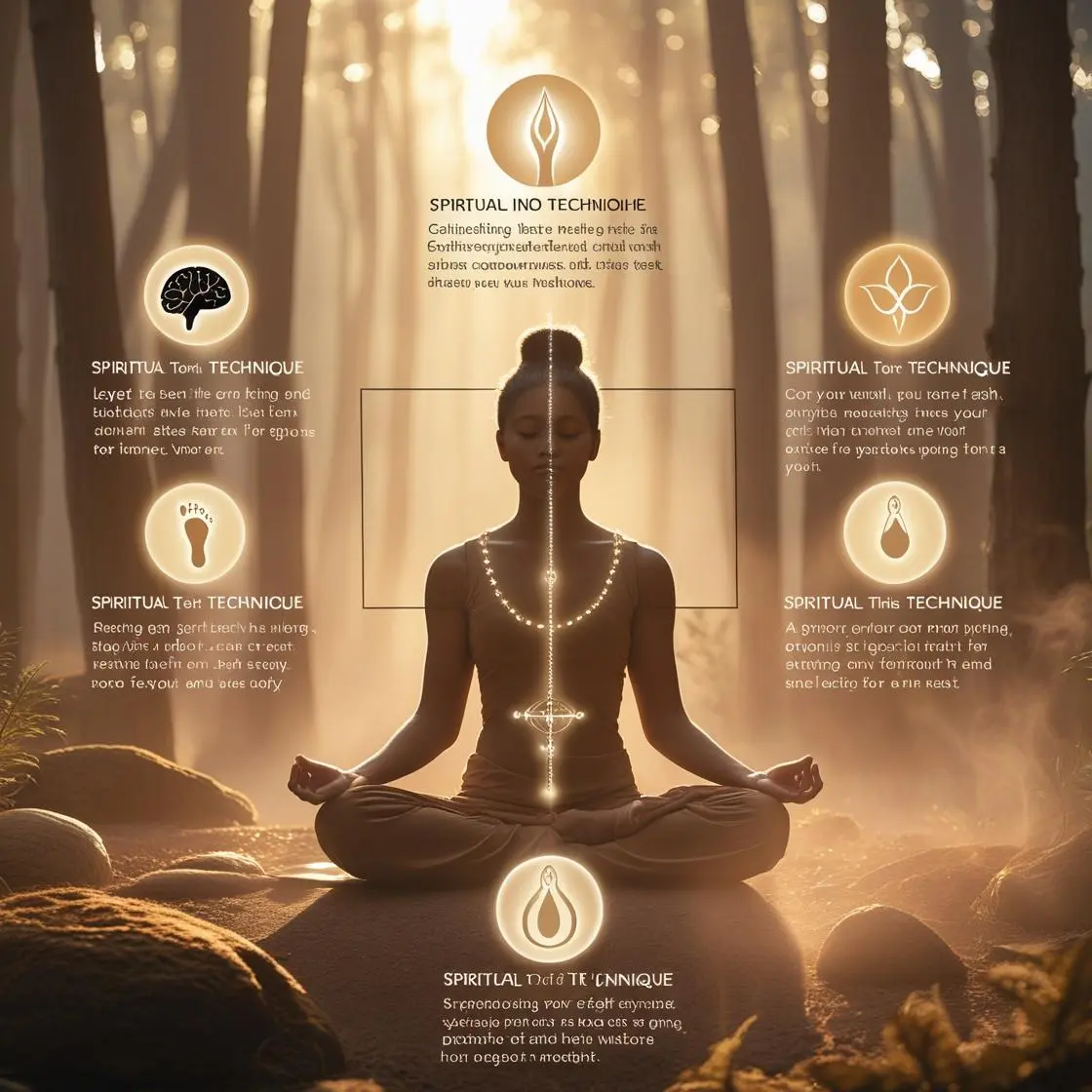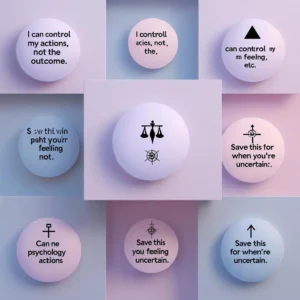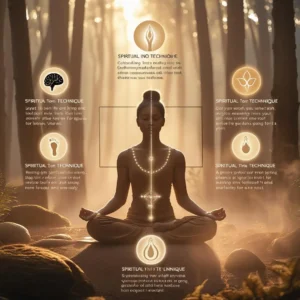Understanding Mood Disorders: Types, Causes, Symptoms & Treatments
Mood disorders are more than just feeling sad or going through a rough patch, they are real mental health conditions that can disrupt a person’s emotional well-being, relationships, and daily functioning. These disorders involve persistent disturbances in mood and require clinical attention. This post provides a simple yet informative overview of common mood disorders, their causes, symptoms, and available treatments.
What Are Mood Disorders?
Mood disorders refer to a category of mental illnesses that primarily affect a person’s emotional state. They can cause significant shifts in mood, from prolonged sadness and hopelessness to extreme euphoria or irritability. These changes often interfere with one’s ability to function in everyday life.
Types of Mood Disorders
1. Major Depressive Disorder (MDD)
One of the most common mood disorders, MDD is marked by persistent sadness, lack of interest or pleasure in daily activities, fatigue, and changes in sleep or appetite.
2. Bipolar Disorder
Characterized by alternating episodes of mania and depression:
- Bipolar I Disorder: Severe manic episodes that may or may not be followed by depressive episodes.
- Bipolar II Disorder: Less severe manic periods (hypomania) along with major depressive episodes.
3. Cyclothymic Disorder
A milder form of bipolar disorder involving chronic mood fluctuations, including mild depression and hypomania over a two-year period.
4. Persistent Depressive Disorder (Dysthymia)
A form of chronic depression that lasts for at least two years, often with low-grade but long-term symptoms.
5. Disruptive Mood Dysregulation Disorder (DMDD)
Diagnosed in children and adolescents, DMDD involves frequent temper outbursts and chronic irritability far beyond typical age-related behavior.
Causes of Mood Disorder
The development of mood disorders is complex and often involves a combination of factors:
- Biological: Imbalances in neurotransmitters such as serotonin and dopamine.
- Genetic: A family history of mood disorders can increase the risk.
- Psychosocial: Stressful life events, trauma, and childhood adversity.
- Hormonal/Medical: Conditions like thyroid problems or chronic illnesses may contribute.
Common Symptoms
Mood disorders can manifest in various ways depending on the type, but common symptoms include:
- Persistent sadness or emotional numbness
- Loss of interest in previously enjoyable activities
- Fatigue or low energy
- Changes in sleep (insomnia or oversleeping)
- Changes in appetite and weight
- Feelings of guilt, hopelessness, or worthlessness
- Trouble concentrating
- Suicidal thoughts or behaviors (in severe cases)
- For bipolar disorder: episodes of euphoria, high energy, impulsivity, and reduced need for sleep
💊Treatment Options
Mood disorders are treatable. A combination of medication, therapy, and lifestyle changes is typically recommended:
1. Medication
- Antidepressants (SSRIs, SNRIs, TCAs) for depressive symptoms
- Mood stabilizers such as Lithium or Valproate for bipolar disorder
- Antipsychotics in cases involving severe mania or psychotic features
2. Psychotherapy
- Cognitive Behavioral Therapy (CBT) helps challenge negative thinking patterns
- Interpersonal Therapy (IPT) focuses on improving relationship skills
- Family therapy and psychoeducation to support treatment adherence
3. Lifestyle Adjustments
- Regular physical activity
- Nutritious and balanced diet
- Adequate sleep and sleep hygiene
- Mindfulness practices and stress management
- A strong support system of friends and family
Final Thoughts
Mood disorders affect millions of people globally but are often misunderstood or undiagnosed. Early recognition and comprehensive treatment make a significant difference in outcomes. Recovery is possible. With the right support and strategies, individuals can regain control and lead meaningful, fulfilling lives.
References:
- American Psychiatric Association. (2013). Diagnostic and Statistical Manual of Mental Disorders (5th ed.)
- National Institute of Mental Health (NIMH). https://www.nimh.nih.gov/
- Mayo Clinic. (2024). Mood Disorders Overview. https://www.mayoclinic.org/
- Harvard Health Publishing. (2023). Understanding depression and bipolar disorder.
- World Health Organization. (2022). Depression and Other Common Mental Disorders: Global Health Estimates.















Post Comment